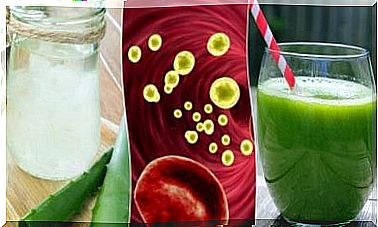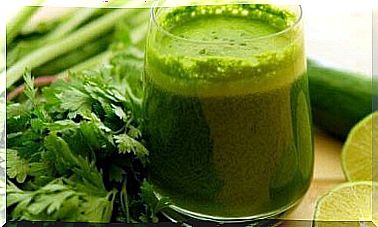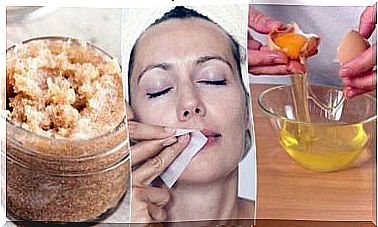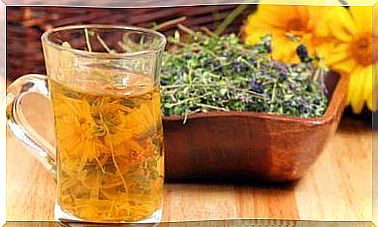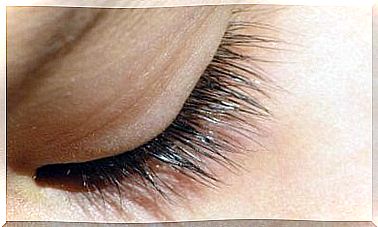Diet For Hereditary Fructose Intolerance And Fructose Malabsorption
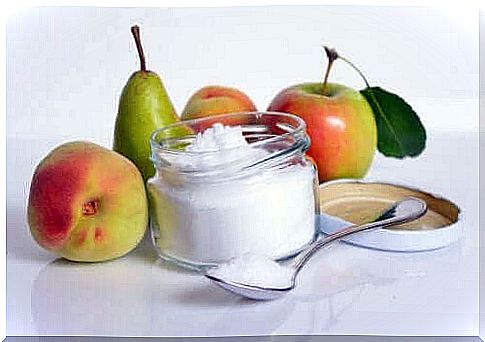
Many people with hereditary fructose intolerance and fructose malabsorption are unsure of the foods they should and should not eat. To solve this problem, it is first and foremost important to know about the component that causes the intolerance, what foods contain it and what specific condition the person is suffering from.
However, there are many diets and diets for people with fructose intolerance. Once they are aware of the points above, they have no problem following a proper diet.
What is fructose?

Fructose is a simple sugar that is naturally found in fruit. It is usually ingested as sucrose. This substance is no more or less than the table sugar we all know and love. When you consume sucrose, it breaks down into the components of the gut and releases glucose and fructose.
It is also important to know that sorbitol is another source of fructose. This substance is a sweetener that, when metabolized by the body, can generate fructose.
Furthermore, under normal conditions, fructose must be absorbed by the intestinal cells and metabolized in your body so that you can benefit from its properties. A person suffers from fructose intolerance when their body has trouble both absorbing and metabolizing this simple sugar.
To know the right diet for people with fructose intolerance, it is important to distinguish between hereditary fructose intolerance and fructose malabsorption.
Hereditary fructose intolerance
The cause of this disease is a genetic mutation that affects fructose metabolism. It occurs in 1 in 20,000 people. This mutation causes these individuals to lack the enzyme involved in the body’s biochemical reactions: fructose bisphosphate aldolase B or aldolase B.
When a person lacks this enzyme which is responsible for the metabolism of fructose, this sugar accumulates in the form of an intermediate for the conversion of fructose, which is toxic.
Fructose malabsorption
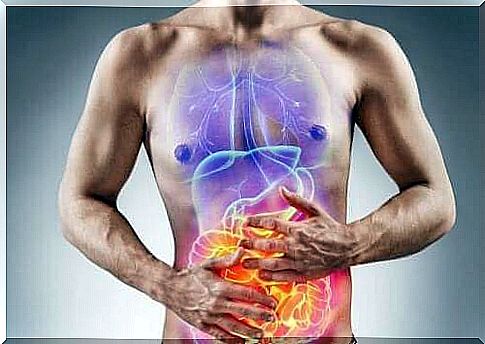
This is a digestive disease that impairs the absorption of fructose. It affects about 30% of the population. Patients with this condition have cells in the gut that are unable to absorb fructose. Thus, gastrointestinal symptoms occur.
The diet you have to follow will depend on the pathology you suffer from.
Diet for people with hereditary fructose intolerance
People with hereditary fructose intolerance must follow a strict diet. They can not consume more than one to two grams of this sugar.
Therefore, it is important for the patient to read all food labels to ensure that they are fructose-free. Unfortunately, people suffering from this disorder cannot consume most of the foods produced.
Read the following list to get an overview of the foods that people with hereditary fructose intolerance can and cannot consume.
Allowed foods for people with hereditary fructose intolerance
- Sweeteners. Glucose syrup, saccharin, cyclamate.
- Fruit (only occasionally). Avocado, ripe olives.
- Vegetables. Beetroot, broccoli, spinach, potatoes, mushrooms and endive.
- Vegetables with limited consumption. Celery, watercress, cabbage, cucumber, lettuce and cauliflower.
- Meat and fish. Just fresh.
- Cereals and their by-products. Wheat flour, oats, corn, rye, white bread and rice.
People with this disorder cannot consume processed meat or fish that contain fructose, sucrose or sorbitol. They can also not consume soy drink, condensed milk, fruit yogurt or tomatoes, among other foods.
Diet for people with fructose malabsorption
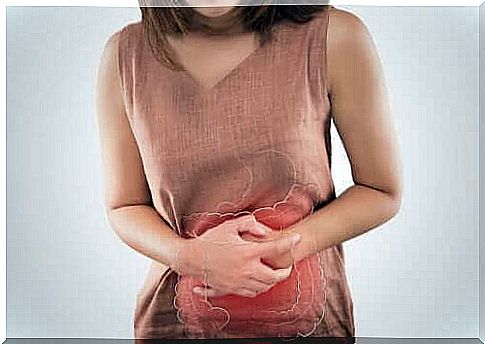
Thus, they should follow fructose-restricted diets. This limitation will vary, depending on whether they suffer from total or partial malabsorption and the degree of intolerance.
If the patient suffers from total malabsorption, the diet should be the same as that followed by people with hereditary fructose intolerance. In other words, they should avoid eating foods that contain fructose or sucrose.
On the other hand, people with partial malabsorption, which is the most common pathology, can consume foods with low sugar. They can even consume a moderate amount of fructose-rich foods.
Here are some foods high in fructose:
- Dried apricots, persimmons and cherries.
- Prunes and sugar apples.
- Apples, pears and grapes.
Conversely, here are some of the low-fructose foods:
- Papaya, avocado, coconut and peanuts.
- Hazelnuts and chestnuts.
- Artichokes, aubergines, peppers and mushrooms.
- Milk, cheese and eggs.
- Fresh meat and fish.
Despite all these indications, it is important to consult a specialist if you suffer from any of these conditions so that they can help you decide on a personal diet based on your individual needs.

